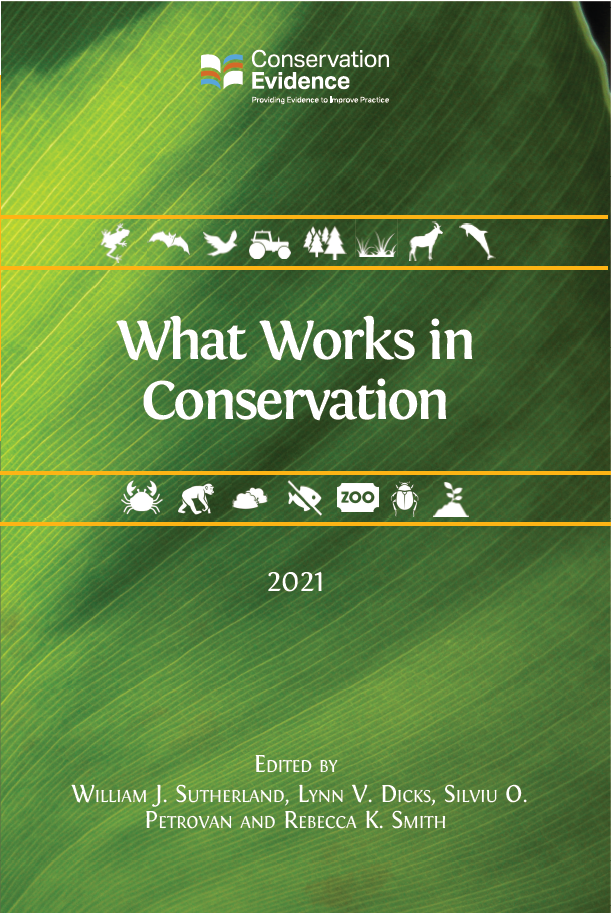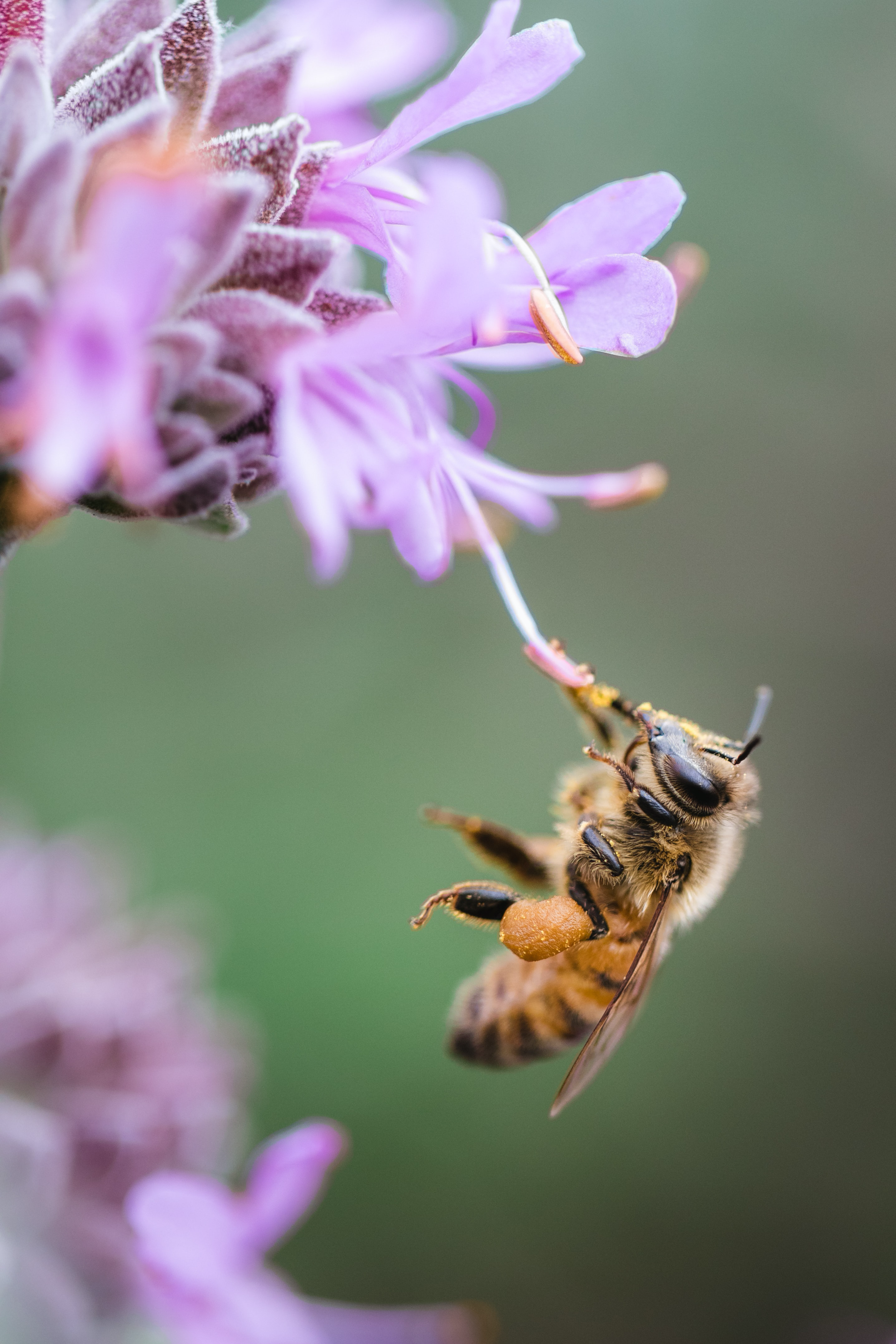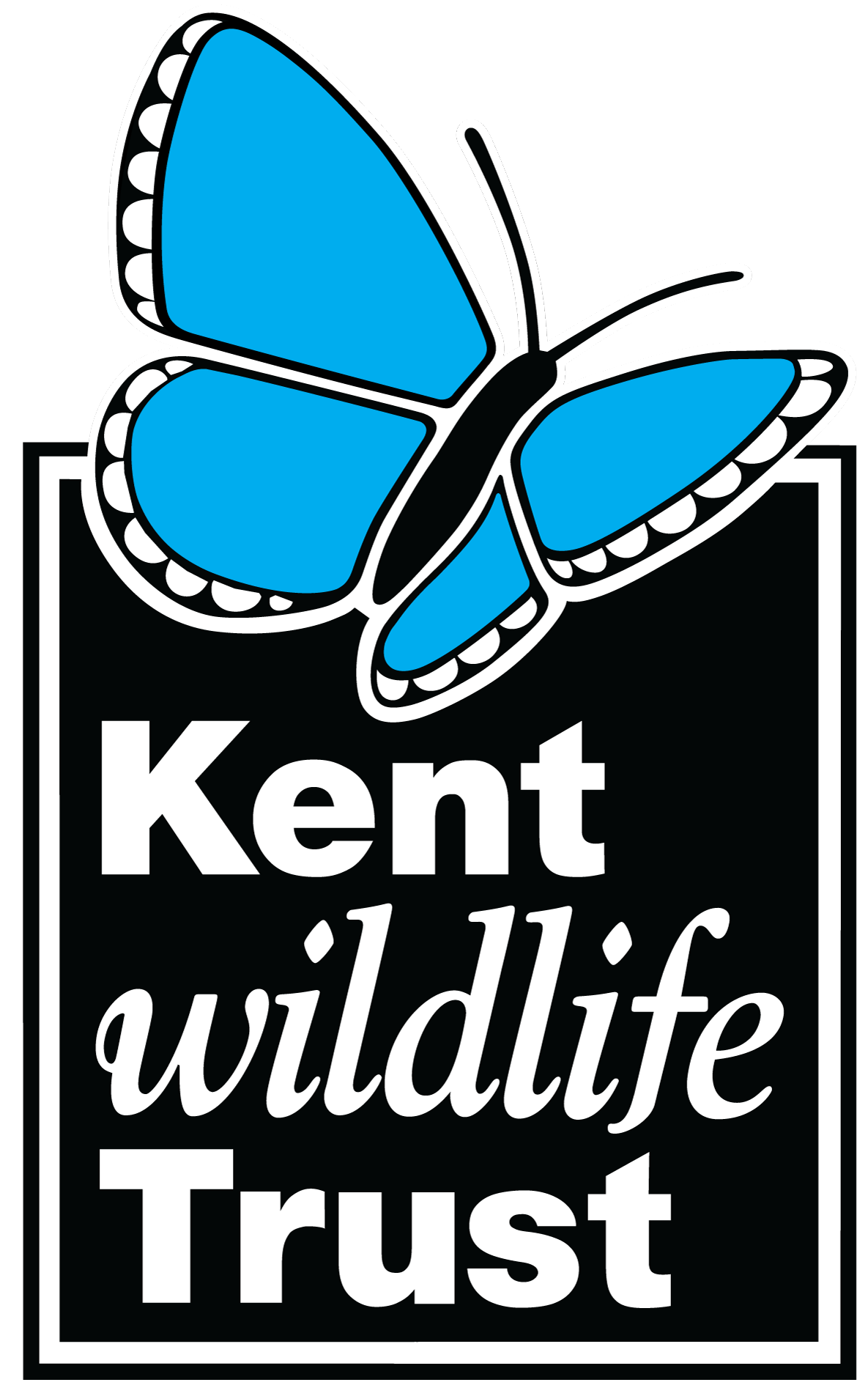Vegetative forage quality and moist-soil management on Wetlands Reserve Program lands in Mississippi
-
Published source details
Fleming K.S., Kaminski R.M., Tietjen T.E., Schummer M.L., Ervin G.N. & Nelms K.D. (2012) Vegetative forage quality and moist-soil management on Wetlands Reserve Program lands in Mississippi. Wetlands, 32, 919-929.
Published source details Fleming K.S., Kaminski R.M., Tietjen T.E., Schummer M.L., Ervin G.N. & Nelms K.D. (2012) Vegetative forage quality and moist-soil management on Wetlands Reserve Program lands in Mississippi. Wetlands, 32, 919-929.
Actions
This study is summarised as evidence for the following.
| Action | Category | |
|---|---|---|
|
Restore/create freshwater marshes or swamps (specific action unclear) Action Link |
|
-
Restore/create freshwater marshes or swamps (specific action unclear)
A replicated, site comparison study in 2008–2009 of 54 ephemeral freshwater marshes in Mississippi, USA (Fleming et al. 2012) found that intervention to create waterfowl habitat had no significant effect on plant species richness or the relative abundance of woody plants, and only affected plant diversity and the relative abundance of grasses if it involved early drawdown. At the end of the growing season, managed and unmanaged marshes contained a similar number of plant taxa (managed: 17; unmanaged: 16 taxa/marsh) and a similar proportion of woody plants (3% of all plants). Managed marshes with an early drawdown of the water table had greater diversity of plant species than unmanaged marshes (data reported as a diversity index), a greater variety of plant growth forms (1.8 different forms/sample point; vs unmanaged: 1.4) and a greater proportion of grasses (47% of all plants; vs unmanaged: 26%). These metrics did not significantly differ between managed marshes with a later drawdown of the water table and unmanaged marshes (see original paper for data). Methods: In October 2008 and 2009, vegetation was surveyed at 50–64 points in each of 54 marshes across 18 private lands. The vegetation of 39–42 marshes had been actively managed for waterfowl, with interventions such as annual soil disturbance, herbicide or mechanical control of undesirable (low forage value) plants and summer drawdown. Drawdown was early (before 15 June) in approximately half of the managed marshes, and late (≥3 weeks later) in the other managed marshes. The final 12–15 marshes received almost no intervention (e.g. “limited or no control of undesirable plants”).
(Summarised by: Nigel Taylor)
Output references
|
|





)_2023.JPG)














